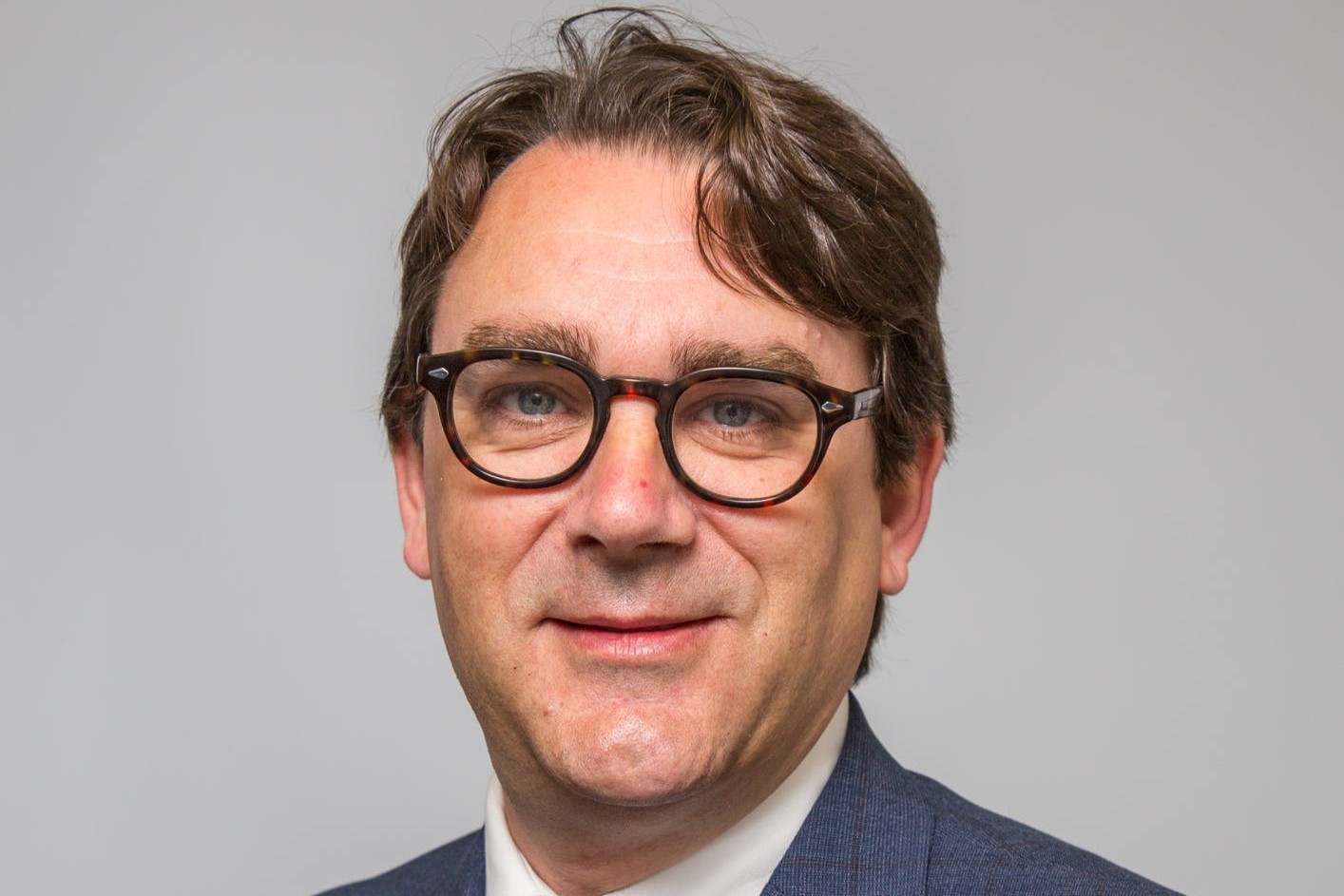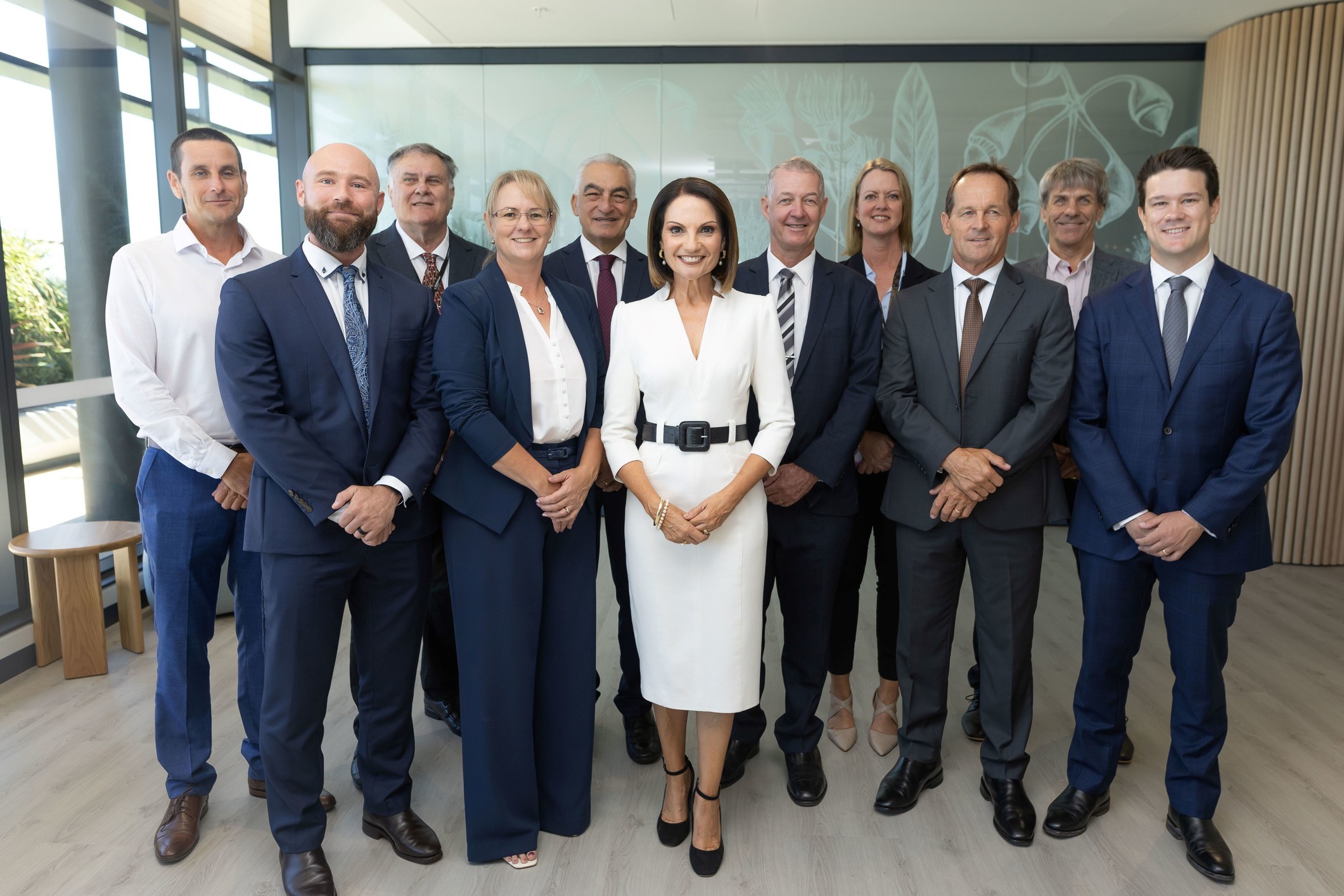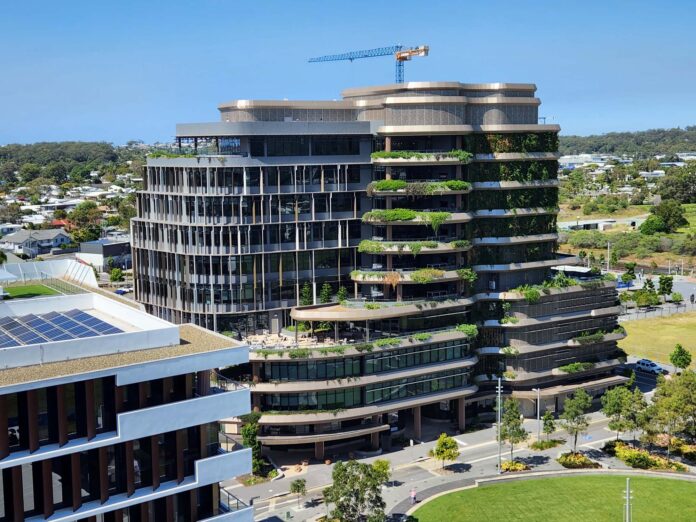The Sunshine Coast Council’s group executives will have to reapply for their roles as part of a restructure which will see the number of groups that report to the CEO drop from six to five.
The restructure was approved unanimously by councillors at last Thursday’s ordinary meeting of council.
Under the restructure, the five new groups will be infrastructure and natural assets, sustainable growth and planning, community strengthening, finance and commercial partnerships, business transformation and performance.
The current groups are customer and planning services, economic and community development, business performance, built infrastructure, liveability and natural assets, and civic governance.
The restructure was put forward by CEO John Baker, who was appointed in October after the departure of Emma Thomas from the role last year.

Mr Baker told the council the restructure aligned with goals in a new corporate plan approved last month.
“The structure is designed to underpin both our long-term financial sustainability but also to underpin an organisational-wide approach which allows us to listen better, to focus on what’s important, and to react more quickly to deliver both the corporate plan, council decisions, and of course, feedback from our community,” he told yesterday’s meeting.
Mayor Rosanna Natoli told the meeting that Mr Baker had been charged with reviewing the council completely when he was appointed CEO last year.
“We were seeking his fresh perspective on the way we serve our community, the operations of council, our financial sustainability, and our community engagement processes, amongst other things,” she said.
“He has determined a council refresh of the council organisational structure would enable a more seamless realisation of the goals of our corporate plan,” she said.
A council spokesperson told Sunshine Coast News the current group structures and reporting lines would remain until appointments to the new groups were finalised.
“Once appointed, the new group executives will lead the consultation process to refine and finalise the branch and team structure under each group, a phase expected to continue over the remainder of 2025,” the spokesperson said.
“For most employees, daily tasks will remain largely unchanged. However, there will likely be adjustments to reporting lines.
“Branch managers have been involved in the process and have kept their teams informed.”

Councillor Ted Hungerford told last week’s meeting that moving from six groups to five was “a positive”.
Mr Hungerford asked the CEO to populate positions in the new groups as soon as possible “to support and give certainty to the organisation, and the structure and where we’re heading”.
Councillor Joe Natoli said the council had been through a number of restructures in his 16 year involvement and it needed to reflect and respond to a changing environment.
“It’s always difficult for an organisation and individuals to deal with change but in my life, I’ve realised that circumstances do change, and you do need to make adjustments, and it shouldn’t be something you fear. It should be something you embrace as an organisation,” he said.
Councillor Tim Burns said it was important to “bring people along for the ride” and afford staff respect during the restructuring process.
“My personal thing would be to ensure we don’t lose significant corporate expertise, and knowledge that’s actually vital for our organisation to continue to function into the future,” he said.
In response to a question by Councillor Taylor Bunnag, Mr Baker said the organisational restructure alone would not affect councillor portfolios but the realignment was about making sure the portfolios worked to the corporate plan.





